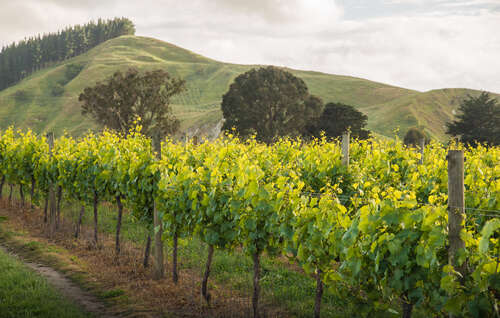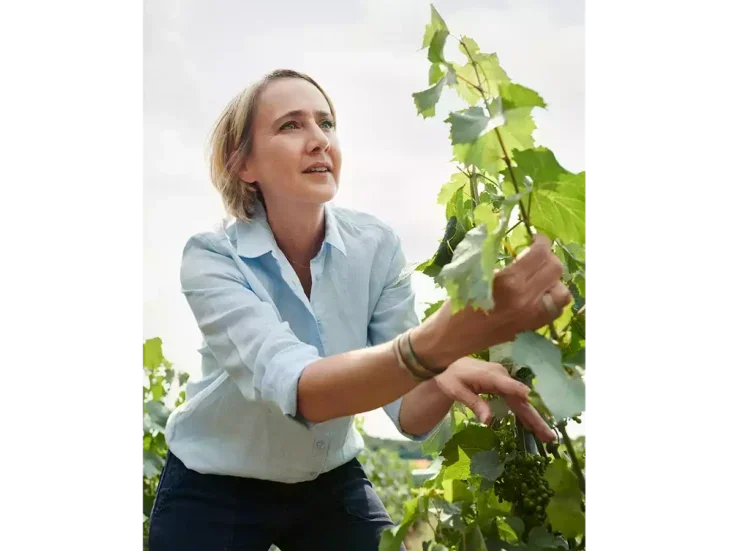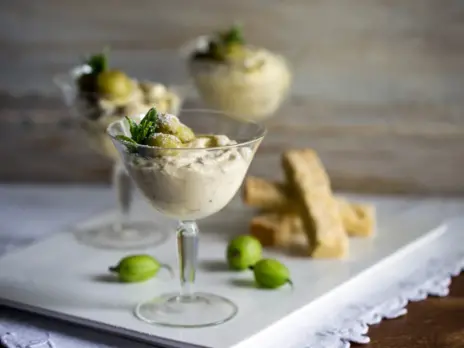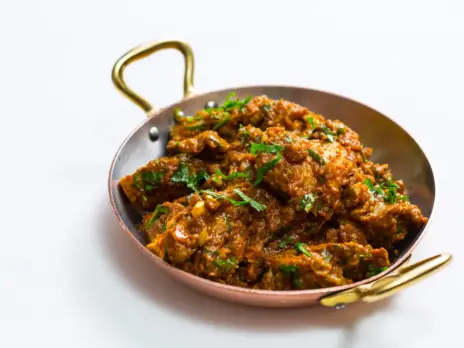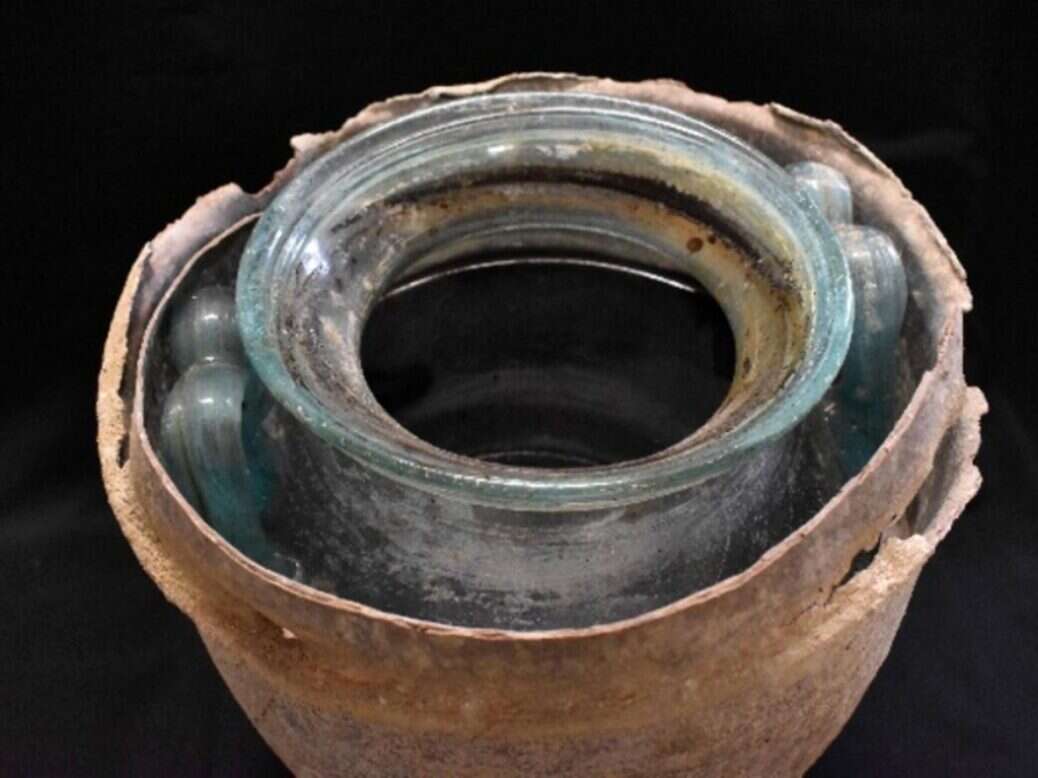
Stuart Walton on the contents of the 2,000-year-old glass urn discovered at a Roman necropolis in Carmona near Seville.
For well over a century, it was believed that the oldest surviving wine to come to light through archaeological excavations was the so-called Speyer bottle. Recovered in 1867 from a Roman tomb containing twin sarcophagi in the Rhineside city of that name in the Pfalz region, the bottle was the only glass vessel in the burial chambers still containing liquid wine, as opposed to residues. It has been dated to around AD 325-350, and is on display in the Historisches Museum der Pfalz (Historical Museum of the Palatinate) in Speyer.
The bottle, which is equivalent in size to a contemporary magnum, is roughly amphora-shaped, with broad shoulders adorned with little handles in the form of dolphins. About one-third of it still contains what must be presumed to be wine intended for the journey to the afterlife of a probable Roman legionary. It has never been unsealed, although micro-analysis of a sample has revealed it to be herb-infused wine bottled under a preserving layer of olive oil and stoppered with hot wax. It is unusual not least because wine intended for keeping was typically stored in ceramic vessels in Roman times, not in fragile glass bottles.
Having weathered a century and a half since its discovery, and survived the bombing of the city in the Second World War, the Speyer bottle enjoyed a unique status in wine archaeology. That is, until it was dislodged from its museological perch in 2024 by another Roman wine in another glass vessel.
Wine made during the life of Christ?
The glass urn containing liquid wine discovered at the excavation of a Roman necropolis at Carmona, near Seville in southern Spain, in 2019 was finally subjected to chemical analysis at the University of Cordoba five years after the find. Its contents have been dated to the first century AD, making it 300 years older than the comparative youngster at Speyer. It might even contain wine made during the life of Christ.
Although what is visible in the Carmona urn is darker than the contents of the Speyer bottle, it has been established that it too was originally white wine, The agricultural authority Columella writes of white wine production in the region the Romans knew as Hispania Baetica. Encased in a lead shell, the urn contains no less than five litres of wine, which have been mixed with the cremated bone fragments of the deceased and a gold ring in the form of the two-faced deity Janus. Now the color of old oloroso, it has been identified as being quite close in composition to the present-day wines of Jerez, Sanlúcar de Barrameda, and Montilla-Moriles.
Carmona is another joint burial, this time of a married couple and four companions, two men and two women. Women were not generally permitted to drink wine in imperial Rome, which explains why it is one of the man’s remains that have been preserved in the wine, while the women’s grave goods are made up of perfume and silk, as well as jewellery. The wine might not have come to light at all, were it not for a local family having building work done at their house. Where most of us might encounter nothing more glamorous than untreated damp during home improvements, stumbling on a sealed Roman tomb is of another order of nuisance altogether.
Surely no older wine than the Carmona burial urn is ever likely to be discovered? Could there be something with a BCE date still waiting to be unearthed? We have been able to learn a lot from chemical analysis of the residues in pots and sherds, some dating back 7,000 years, but to find wine still in a physically drinkable state seems especially tantalizing, a haunting materialization of the consumable ancient past into a present world that mostly knows only its solid remains. It may even be that the Carmona and Speyer wines would taste, ever so faintly, fleetingly, of wine, but that we are never likely to know.
In his classic text The Story of Wine (1989), Hugh Johnson recounts the moment in 1961 when he and a small company of experts each tasted a small measure of Franconian Steinwein made on the vineyard slopes overlooking Würzburg in the legendary sweltering vintage of 1540. Johnson dived straight in, and for an evanescent moment caught the ancient wine’s first lively floral aromas. Then, oxidizing on the instant, it “gave up the ghost and became vinegar in our glasses.”1
The organic chemist who led the analysis of the Carmona vessel at Cordoba University, José Rafael Ruiz Arrebola, told journalists that he had suggested to the lead archaeologist, Juan Manuel Román, that they try tasting a little of the wine. It had been established that it contained no toxic compounds, after all. “The liquid is a bit murky because of the bone remains,” he admitted. “But I guess you could filter it and try it. I’d rather someone else tried it first, though.”
I’ll check my diary.
Notes
1 Hugh Johnson, The Story of Wine (1989), London: Simon & Schuster, 284.

